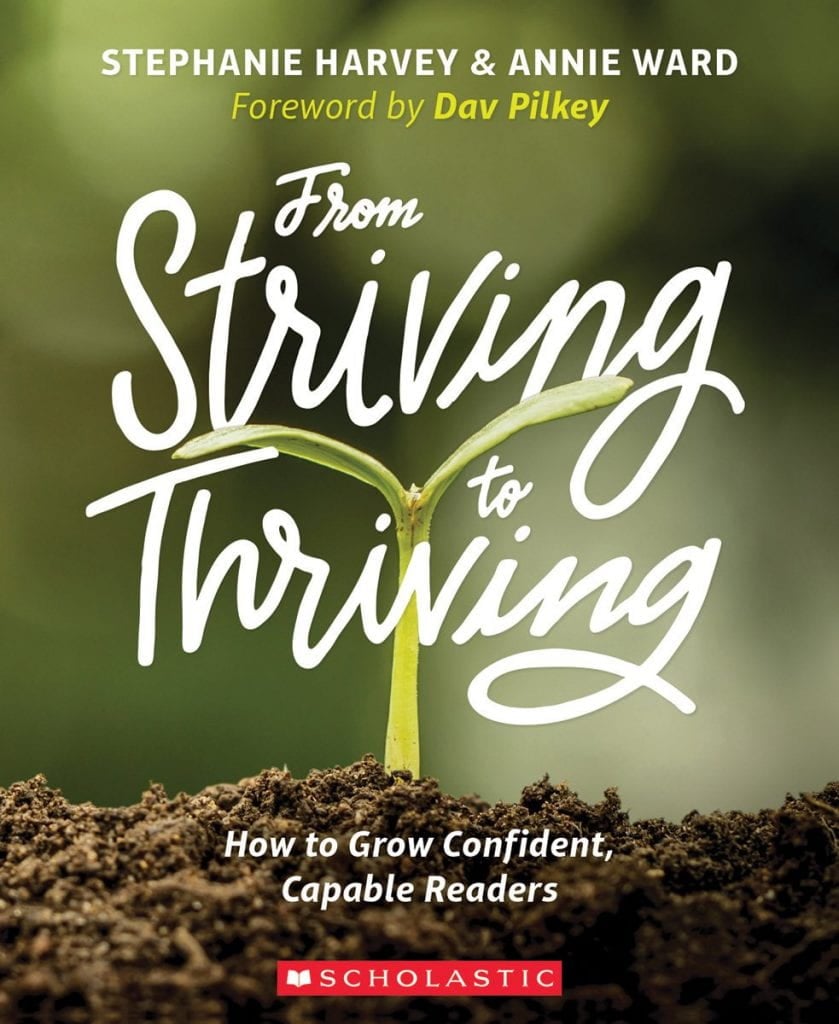A definition of Independent Reading…notes to encourage students and to identify readings that will hopefully impact and connect with young readers. Promote creative ways to help encourage students towards the power of independent reading! Here are a few notes from the article titled “Statement on Independent Reading” source link included below:
Independent Reading (definition): “Independent reading is a routine, protected instructional practice that occurs across all grade levels. Effective independent reading practices include time for students to read, access to books that represent a wide range of characters and experiences, and support within a reading community that includes teachers and students. Student choice in text is essential because it motivates, engages, and reaches a wide variety of readers. The goal of independent reading as an instructional practice is to build habitual readers with conscious reading identities.”
********
“The more one reads, the easier it becomes to sustain the mental effort necessary to comprehend complex texts.”
********
“…reading is a powerful means of developing reading comprehension ability, writing style, vocabulary, grammar, and spelling.”
********
“It is imperative that students develop reading stamina – the ability to sustain mental effort without scaffolds or adult support…”
********
“The school culture (teachers, administration, etc.) should affirm this daily practice time as inherently important instructional time for all readers.”
********
“As much as possible, teachers should support independent reading in a way that is most appropriate for their classroom of readers (e.g. conferring, book talking, modeling reading, etc.) to show this skill is practiced all throughout life.”
********
“…this practice can also affirm students’ own experiences of a world they potentially feel very isolated in.”
********
“Protecting this instructional time is imperative to supporting students in building strong reading habits that will carry outside of the classroom and create lifelong readers.”
********
Recommend these core values from the article! Great blueprint for developing your own core reading values in school, in the household and in the community. Promote reading!
As English language arts teachers we…
*provide protected opportunities within our classrooms that allow students to increase their volume of reading through independent reading of self-selected texts.
How do we protect this time, how do we commit to protecting an opportunity for children to engage in independent reading? Ask students as well! To parents, how do you protect this time at home?
*recognize the importance of access to texts at a wide variety of reading levels, about a plethora of topics and interests, that offer multiple perspectives in classroom libraries and school libraries.
This summer, my goal is to commit to creating a library in our classroom and spaces to support independent reading time. Also to work on identifying titles that reflect a range of issues. If you’re an author and would like to contribute to our classroom library, please reach out!
*support readers through small group and 1:1 conferences
Thinking about how to adapt this to a blended learning environment. Hope to create a digital space that supports independent reading as well using our learning management system. Perhaps each classroom, based on subject can support this. I think it would be interesting to create libraries around subject areas, electives, and to promote local authors and book publishers.
*book-match to ensure students have accessible, high interest texts.
I have a few copies of reading surveys or reading profiles that hopefully will help educators identify the kind of readers there students are. These can also be initiated online using Microsoft Forms. Invite families to fill out these forms throughout the summer. I feel this would be a great way to get to know your students especially if you’re teaching incoming 6th graders.
*build enthusiasm for reading.
Inspire your students to read!
*cultivate a community of readers through modeling of independent reading and conversations about reading.
Reading clubs online and onsite! Reading clubs that lead to real world connections with the community!
*’build ‘intercultural understanding’ through literature.
Important to understand what intercultural understanding means…“This includes an acute sense of self-awareness, or “the ability to be aware of those values, attitudes, and assumptions” that inform one’s perspectives and behaviors; some degree of cultural knowledge in a variety of cultural environments; the capacity to communicate across cultural difference; and the ability to cultivate meaningful social relationships across culturally different groups.” Learn more about this definition click here
Recommended reading From Striving to Thriving, How to Grow Confident, Capable Readers by Stephanie Harvey & Annie Ward…More recommendations included at the original posting (see the link below)!
Source: Shaffer, Rita, et al. Statement on Independent Reading. National Council of Teachers of English, 2019, ncte.org/statement/independent-reading/.

